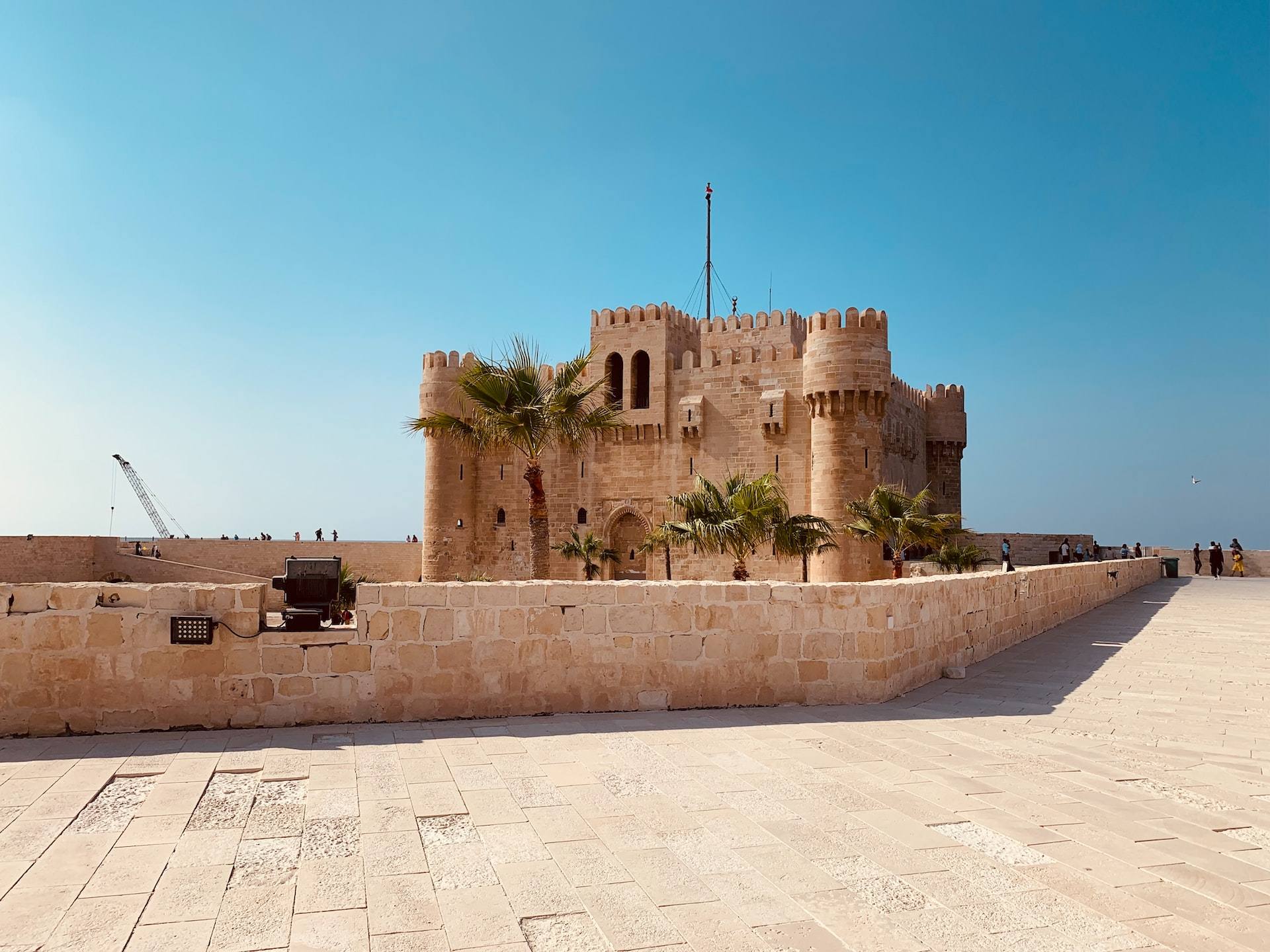Amalfi museums are some of the most popular tourist destinations in the region, offering visitors the chance to explore the rich history, art, and culture of this beautiful coastal town. Whether you’re interested in ancient artifacts, religious art, or contemporary exhibitions, there’s something for everyone in Amalfi’s museums. In this article, we’ll take a closer look at some of the most popular museums in Amalfi, providing information about the types of art and artifacts on display, special exhibitions, history and background, and availability of guided tours.
Museo della Carta (Paper Museum)
The Museo della Carta is a unique museum that focuses on the history and production of paper in Amalfi. The museum is located in a beautiful 13th century paper mill and features a variety of exhibits that showcase the different techniques used to make paper, as well as the tools and machinery used in the process. Visitors can also see a variety of paper samples, including some that date back to the 13th century.
Types of Art and Artifacts on Display:
The main focus of the museum is on the history and production of paper in Amalfi, with a variety of exhibits showcasing the different techniques used to make paper, as well as the tools and machinery used in the process. Visitors can also see a variety of paper samples, including some that date back to the 13th century.
Special Exhibitions:
The museum occasionally holds special exhibitions on related themes such as the history of printing and bookbinding.
History and Background:
The paper mill that houses the Museo della Carta dates back to the 13th century and was once one of the most important paper mills in Amalfi. The museum was established in the 1990s to help preserve this important piece of Amalfi’s history and culture.
Availability of Guided Tours:
Guided tours of the museum are available, but it’s best to check with the museum in advance to see if they are available in your language.
Duomo di Amalfi (Amalfi Cathedral)
The Amalfi Cathedral, also known as the Duomo di Amalfi, is a beautiful 11th century church that features a mix of Norman, Byzantine, and Arab architectural styles. The cathedral is dedicated to Saint Andrew, the patron saint of Amalfi, and is one of the most important religious sites in the region.
Types of Art and Artifacts on Display:
The cathedral features a mix of religious art, including frescoes, mosaics, and sculptures. There is also an impressive collection of religious artifacts, including reliquaries and vestments.
Special Exhibitions:
The cathedral occasionally holds special exhibitions of religious art and artifacts.
History and Background:
The Amalfi Cathedral dates back to the 11th century and was built as a symbol of the power and wealth of the Republic of Amalfi. The cathedral has undergone a number of renovations and additions over the centuries, and today it is considered one of the most important examples of Norman-Arab architecture in Italy.
Availability of Guided Tours:
Guided tours of the cathedral are available, but it’s best to check with the cathedral in advance to see if they are available in your language.
MuseoArcheologico di Amalfi (Amalfi Archaeological Museum)
The Amalfi Archaeological Museum is located in the beautiful Palazzo de Fuca, a 16th century palace in the heart of Amalfi. The museum features a variety of ancient artifacts from the area, including Roman and Greek pottery, jewelry, and sculptures.
Types of Art and Artifacts on Display:
The main focus of the museum is on ancient artifacts from the Amalfi area, including Roman and Greek pottery, jewelry, and sculptures. There are also exhibits on the history and culture of the ancient inhabitants of the region.
Special Exhibitions:
The museum occasionally holds special exhibitions on related themes such as the history of the ancient Mediterranean.
History and Background:
The Amalfi Archaeological Museum was established in the 20th century to preserve and display the rich history and culture of the ancient inhabitants of the region. The museum is located in the beautiful Palazzo de Fuca, a 16th century palace in the heart of Amalfi.
Availability of Guided Tours:
Guided tours of the museum are available, but it’s best to check with the museum in advance to see if they are available in your language.
Overall, Amalfi museums are a great way to explore the rich history, art, and culture of this beautiful coastal town. Whether you’re interested in ancient artifacts, religious art, or contemporary exhibitions, there’s something for everyone in Amalfi’s museums. I hope this article has provided you with useful information on the popular museums in Amalfi.



